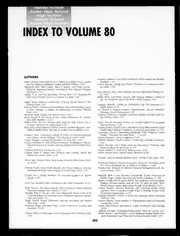
Subspace Identification for Linear Systems: Theory - Implementation - Applications PDF
268 Pages·1996·1.331 MB·English
Most books are stored in the elastic cloud where traffic is expensive. For this reason, we have a limit on daily download.
Preview Subspace Identification for Linear Systems: Theory - Implementation - Applications
Description:
Subspace Identification for Linear Systems focuses on the theory, implementation and applications of subspace identification algorithms for linear time-invariant finite- dimensional dynamical systems. These algorithms allow for a fast, straightforward and accurate determination of linear multivariable models from measured input-output data. The theory of subspace identification algorithms is presented in detail. Several chapters are devoted to deterministic, stochastic and combined deterministic-stochastic subspace identification algorithms. For each case, the geometric properties are stated in a main 'subspace' Theorem. Relations to existing algorithms and literature are explored, as are the interconnections between different subspace algorithms. The subspace identification theory is linked to the theory of frequency weighted model reduction, which leads to new interpretations and insights. The implementation of subspace identification algorithms is discussed in terms of the robust and computationally efficient RQ and singular value decompositions, which are well-established algorithms from numerical linear algebra. The algorithms are implemented in combination with a whole set of classical identification algorithms, processing and validation tools in Xmath's ISID, a commercially available graphical user interface toolbox. The basic subspace algorithms in the book are also implemented in a set of Matlab files accompanying the book. An application of ISID to an industrial glass tube manufacturing process is presented in detail, illustrating the power and user-friendliness of the subspace identification algorithms and of their implementation in ISID. The identified model allows for an optimal control of the process, leading to a significant enhancement of the production quality. The applicability of subspace identification algorithms in industry is further illustrated with the application of the Matlab files to ten practical problems. Since all necessary data and Matlab files are included, the reader can easily step through these applications, and thus get more insight in the algorithms. Subspace Identification for Linear Systems is an important reference for all researchers in system theory, control theory, signal processing, automization, mechatronics, chemical, electrical, mechanical and aeronautical engineering.
See more
The list of books you might like

The Subtle Art of Not Giving a F*ck
Mark Manson
·224 Pages
·2016
·1.26 MB

Shatter Me Complete Collection (Shatter Me; Destroy Me; Unravel Me; Fracture Me; Ignite Me)
Mafi Tahereh
·997 Pages
·2014
·5.04 MB

The Strength In Our Scars
Bianca Sparacino
·2018
·0.17 MB

The 48 Laws of Power
Robert Greene
·454 Pages
·2004
·1.92 MB
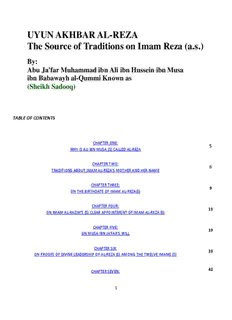
By: Abu Ja'far Muhammad ibn Ali ibn Hussein ibn Musa ibn
243 Pages
·2009
·1.14 MB
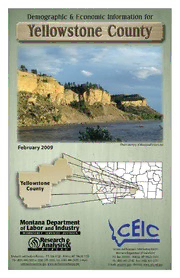
Demographic & economic information for Yellowstone County
Montana.Dept. of Labor and Industry.Office of Research and Analysis
·2006
·0.78 MB
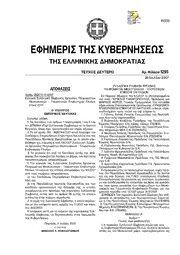
Greek Government Gazette: Part 2, 2007 no. 1295
The Government of the Hellenic Republic
·2007
·0.19 MB

Maonomics. L’amara medicina cinese contro gli scandali della nostra economia
Loretta. Napoleoni
·377 Pages
·2010
·1.381 MB

The Brooklyn Paper Volume 29 Issue 29
The Brooklyn Paper
·2006
·4.8 MB
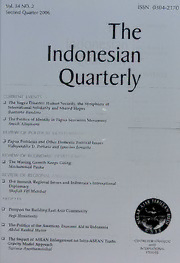
The Indonesian Quarterly Vol. XXXIV No. 2 Second Quarter 2006
CSIS Indonesia
·2006
·6.7 MB
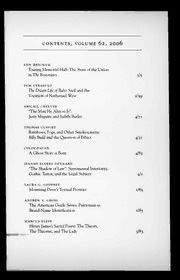
Arizona Quarterly 2006: Vol 62 Table of Contents
2006
·0.24 MB
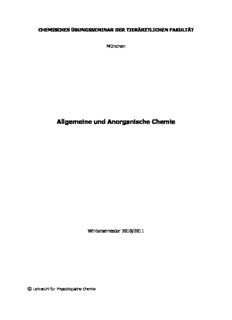
Allgemeine und Anorganische Chemie
55 Pages
·2010
·0.65 MB
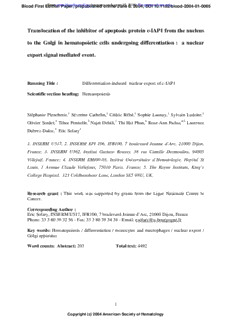
c-IAP1 shuttling from the nucleus to the Golgi apparatus in - Blood
36 Pages
·2004
·1.07 MB
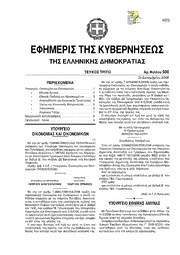
Greek Government Gazette: Part 3, 2006 no. 500
The Government of the Hellenic Republic
·2006
·0.34 MB
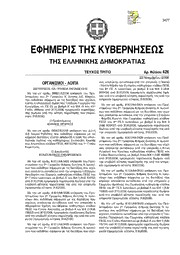
Greek Government Gazette: Part 3, 2006 no. 426
The Government of the Hellenic Republic
·2006
·0.13 MB

Called The Black Pope by many of his followers, Anton
Berta Butz
·99 Pages
·2001
·0.33 MB
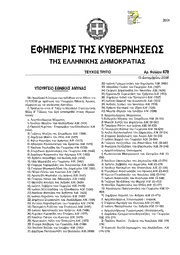
Greek Government Gazette: Part 3, 2006 no. 478
The Government of the Hellenic Republic
·2006
·0.1 MB
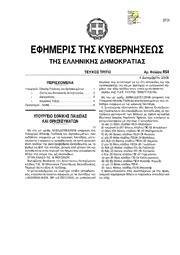
Greek Government Gazette: Part 3, 2006 no. 454
The Government of the Hellenic Republic
·2006
·0.26 MB

Greek Government Gazette: Part 4, 2006 no. 23
The Government of the Hellenic Republic
·2006
·0.55 MB

Wachusett Regional High School yearbook
2006
·34.7 MB
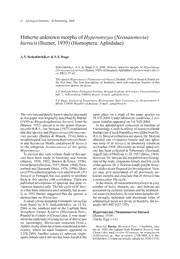
Hitherto unknown morphs of Hyperomyzus (Neonasonovia) hieracii (Börner, 1939) (Homoptera: Aphididae)
Stekolshchikov, A V
·2006
·0.19 MB
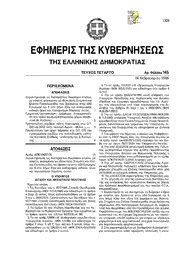
Greek Government Gazette: Part 4, 2006 no. 145
The Government of the Hellenic Republic
·2006
·1 MB
Most books are stored in the elastic cloud where traffic is expensive. For this reason, we have a limit on daily download.
